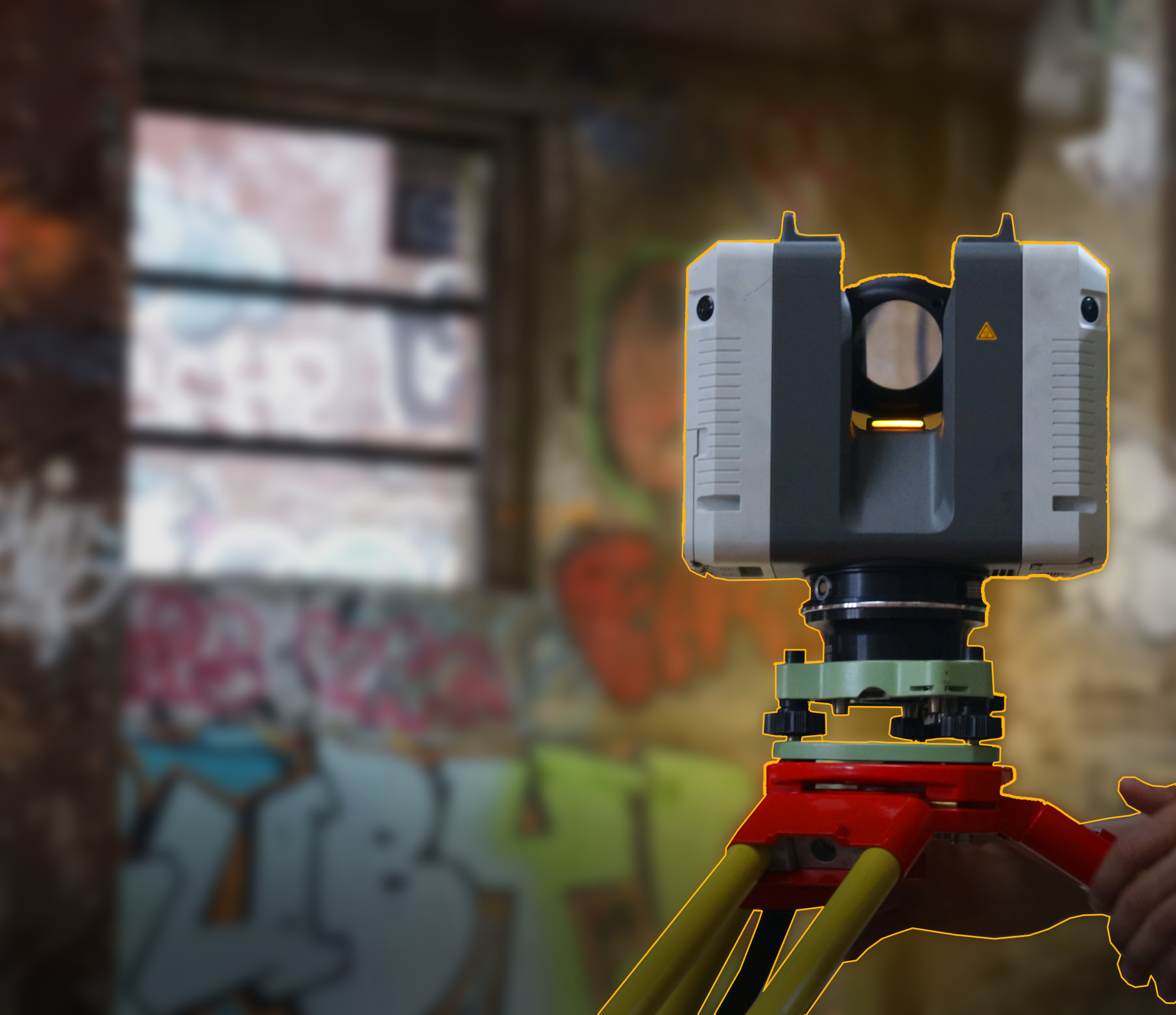
Robotic ImagingJuly 25, 2022
The Scan to BIM Process has helped enhance the productivity of AEC professionals with the creation of smart 3D building models where each design element is clearly defined. The application of Scan to BIM Modeling can be seen in as-built documentation, project renovations, additions, and even facility management. The models are also valuable for comparing original building plans, topographical registration, and more.
Best practices for Scan to BIM
A 3D Scan to BIM model benefits all stakeholders throughout the lifecycle of a project. Here are some best practices that ensure an efficient Scan to BIM process:
Ascertain the need for the process
Identifying the intention of the Scan to BIM model is crucial for its success. You need to outline the results you expect to achieve with the model — Do you want it to reflect the existing structure of the building? Is the BIM model required for the MEP trades? Determining the stage of the project where the model will be used acts as a solid starting point for the process. Requesting a LOD 350 model can enable project managers greater control and coordination between all the industry’s professionals to get the project rolling.
Define the scope of the project
If you provide 3D Laser Scanning Services for the process, defining the project's scope will help identify what you want to achieve with the Scan to BIM Process and communicate the scope of work effectively to the client. Creating a checklist that includes answers to important questions can speed up the planning phase. • What Level of Detail (LOD) and Level of Information (LOI) are required for the model? • What specific parts need to be modeled? MEP? Trussing systems? • What is the purpose of the model in the project? • When is the model required?
Understand the Required Deliverable
Since the result of a Scan to BIM can be used for various purposes, you should understand the client's requirements regarding how they want the results to be delivered. Do they need a particular LOD and LOI's structural, architectural, and MEP Revit files? Depending on how the client aims to use the results, they may require different file formats.
Gather More Data
It is better to gather additional information and then discard data that isn't required instead of collecting limited information. Returning to collect missing data can prove costly and time-consuming; therefore, it's important to collect all the needed information the first time.
Suggested reading: If you want to learn more about types of scanning technologies, check out this article.
Benefits of Scan to BIM Model:
- It helps reduce construction costs. Scan-to-BIM eliminates the need for on-site visits, which are incredibly expensive and time draining.
- The Scan to BIM Model facilitates transparency, collaboration, and effective communication. The biggest benefit by far is the enhanced coordination. Majority of our clients work directly with other consultants in the industry to best optimize their projects. By starting the project with a central, accurate model, the project starts on the right track.
- The model generated through Laser Scan to BIM offers greater quality assurance. A project team has access to the smallest site details, to better understand the complexities present in the site.
- Scan to BIM Modeling assists in project alterations and improves decision-making.
- Laser Scan to BIM Services help reduce costly mistakes during construction. Scan to BIM is the most crucial element of the BIM process, therefore, it's essential to capture and create high-quality 3D BIM models that add value to the construction process. The final result should meet the client's requirements and benefit all project stakeholders.

